Great Results with a Belt Sander
It's noisy and it's dusty, but in a pro shop like Chris Becksvoort's, it's hard to beat the belt sander for producing great results quickly.
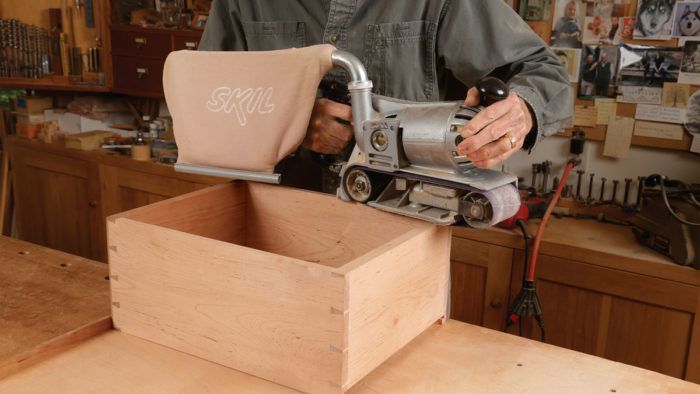
Synopsis: It may be noisy. It may be dusty. But in a pro shop like Chris Becksvoort’s, where time is money, it’s hard to beat the belt sander for producing great results quickly. Whether you’re looking to flatten a panel, get rid of tearout, sand the surface and edges of curved parts, fit a drawer to a case opening, or shape a table leg, don’t be afraid of the belt sander. It will save you time and effort.
The plane vs. belt sander debate is likely to continue indefinitely. What it boils down to is process vs. product. Let’s face it: Neither the wood, nor 99.9% of customers care which you use, as long as the results are the same. Personally, I much prefer to use a handplane, but I have a business to run, and it’s all about efficiency, not personal gratification. In my experience, the belt sander, though noisy and dusty, is faster and less laborious. I can achieve results that are every bit as presentable in way less time.
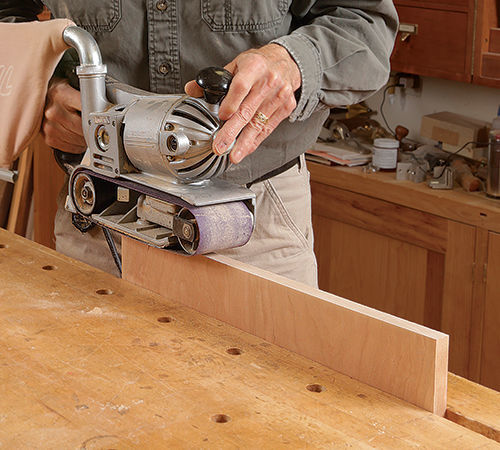
Sanders are workhorses in my business. When I start a new case piece, I glue up the panels and take them to a local cabinet shop to use their wide belt sander. In under a half hour, I have all my panels sanded to 150 grit, and at a consistent thickness. Back in the shop, I’ll belt sand to 180 or 220 grit. Then I’ll use an orbital sander to 320 and 500 grit, hand-sand with those grits, and finally buff with 0000 steel wool. But let’s concentrate on the belt sander.
Like a handplane, the sander can smooth a surface, or do a lot of damage if you’re not careful. Both tools require practice and experience to know their subtle nuances. Practice on scrapwood until you’re comfortable. It’s worth noting that even though I rarely use plywood, I will use a belt sander only on Baltic-birth plywood, with its thicker veneers. Regular plywood’s outer veneer is too thin to risk belt sanding.
My sander is a Skil model 449. I bought it in 1980, and it’s still going strong. Sadly, it was discontinued in the early to mid-’90s.
Start with flat panels and edges
Most often, I use the sander for flattening and smoothing solid stock. Bumps and twists can be taken out with a 40-, 60-, or 80-grit belt, depending on the severity of the problem. The belt sander is also great at getting rid of handplane tearout on both panels and edges.
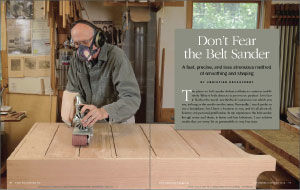
From Fine Woodworking #277
To view the entire article, please click the View PDF button below.
 |
|
 |
|
 |
Fine Woodworking Recommended Products
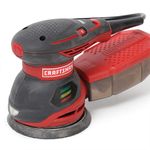
Craftsman Random Orbit Sander

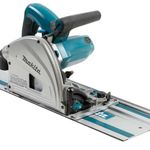
Makita SP6000J1 Track Saw








Log in or create an account to post a comment.
Sign up Log in